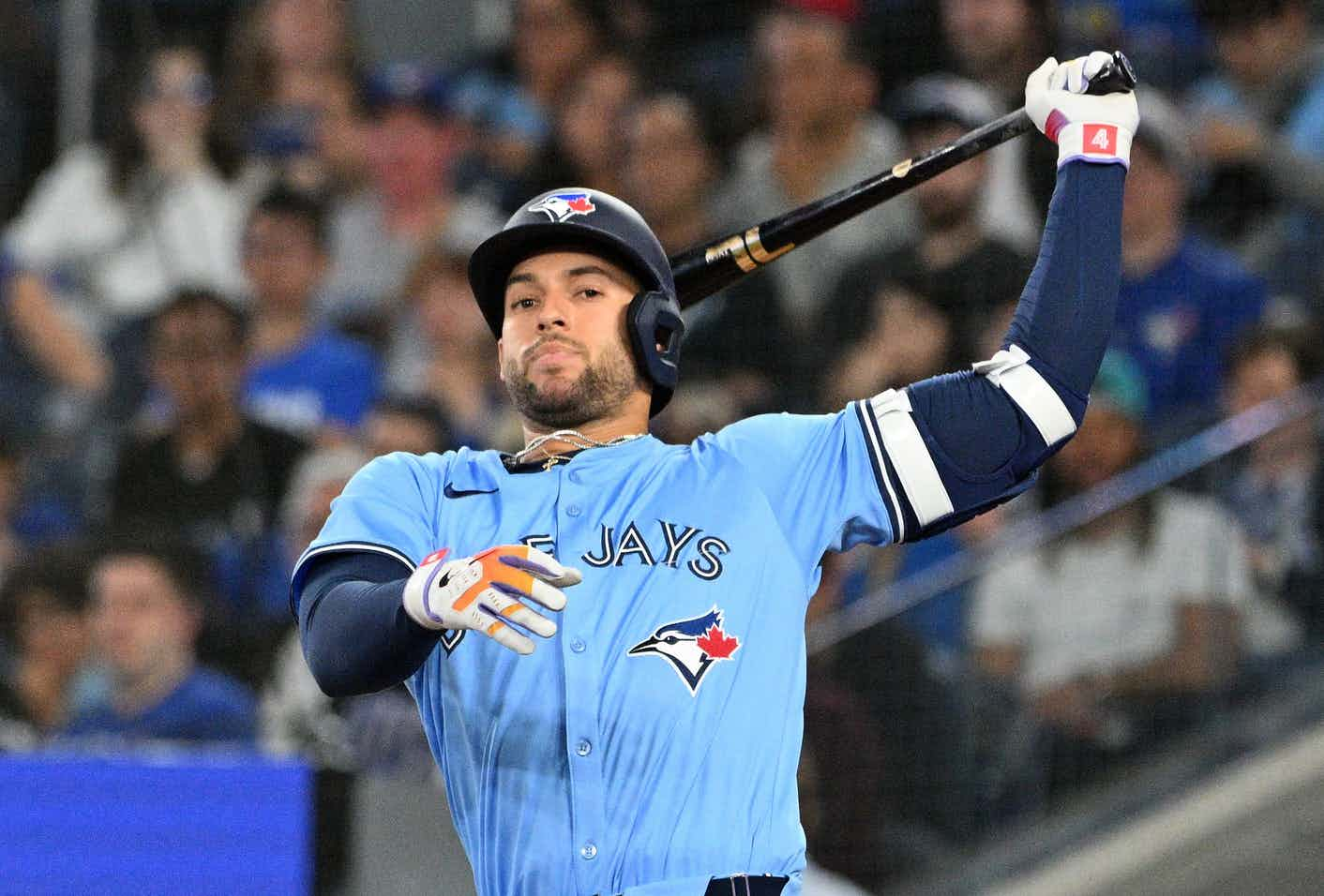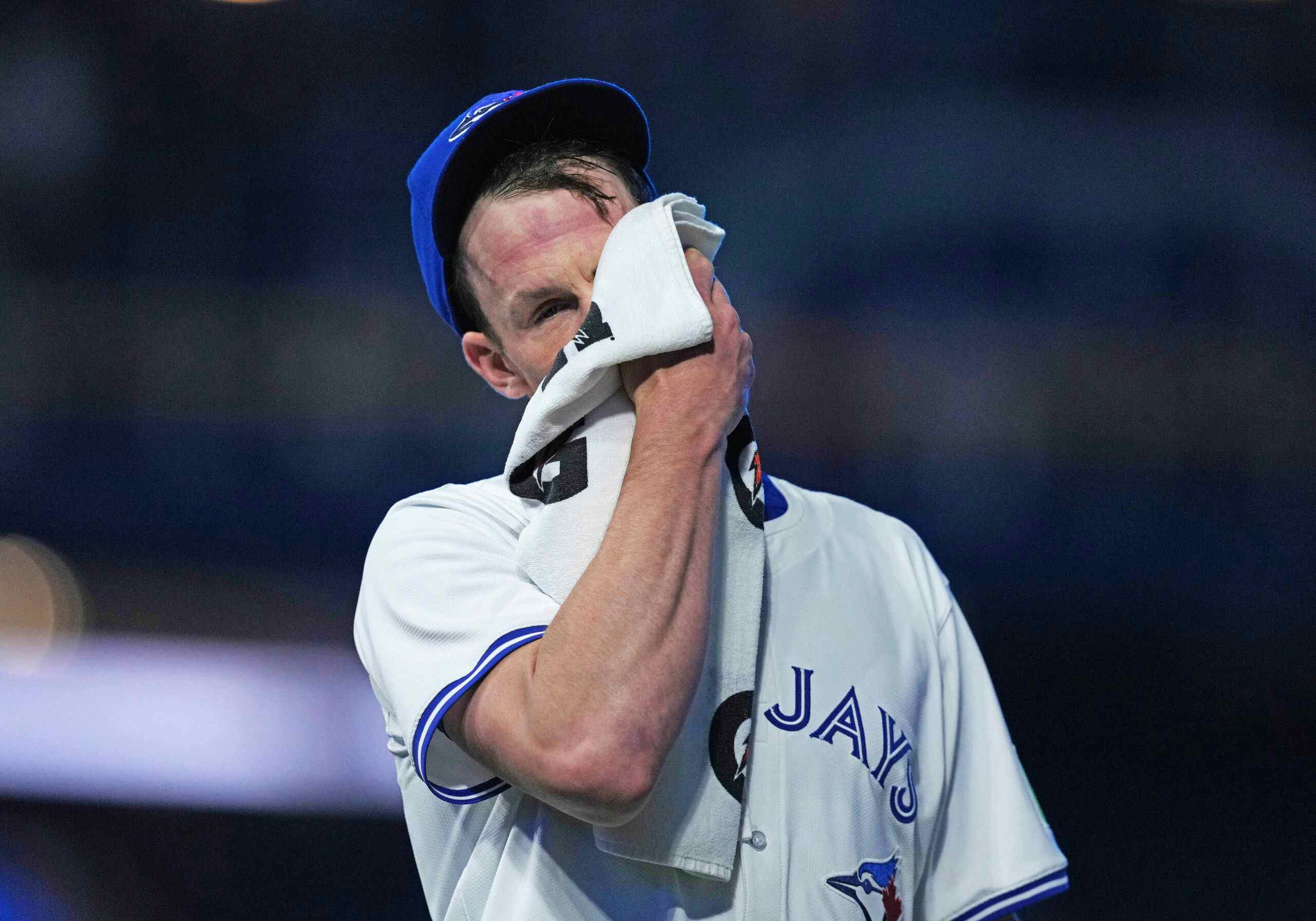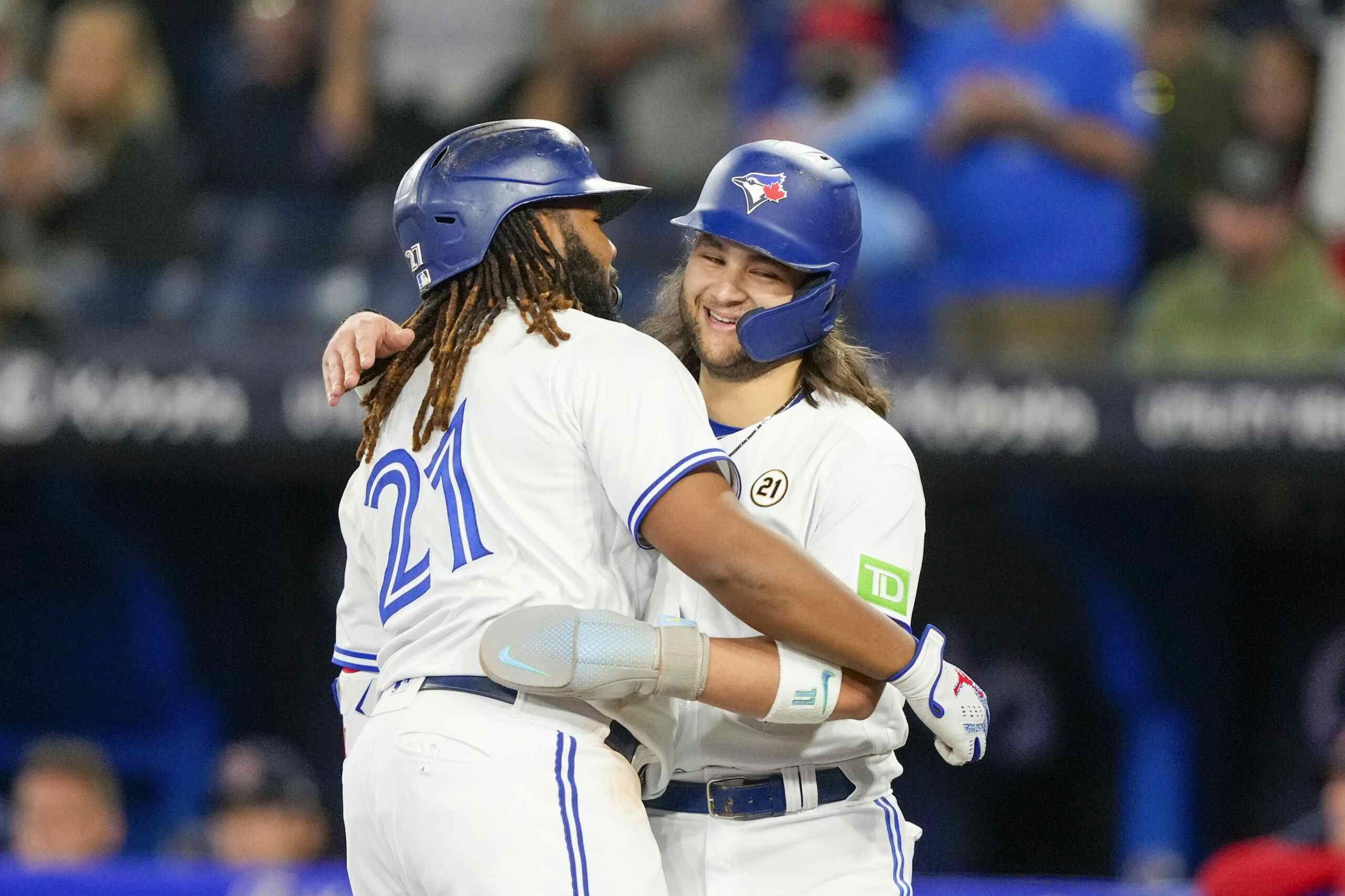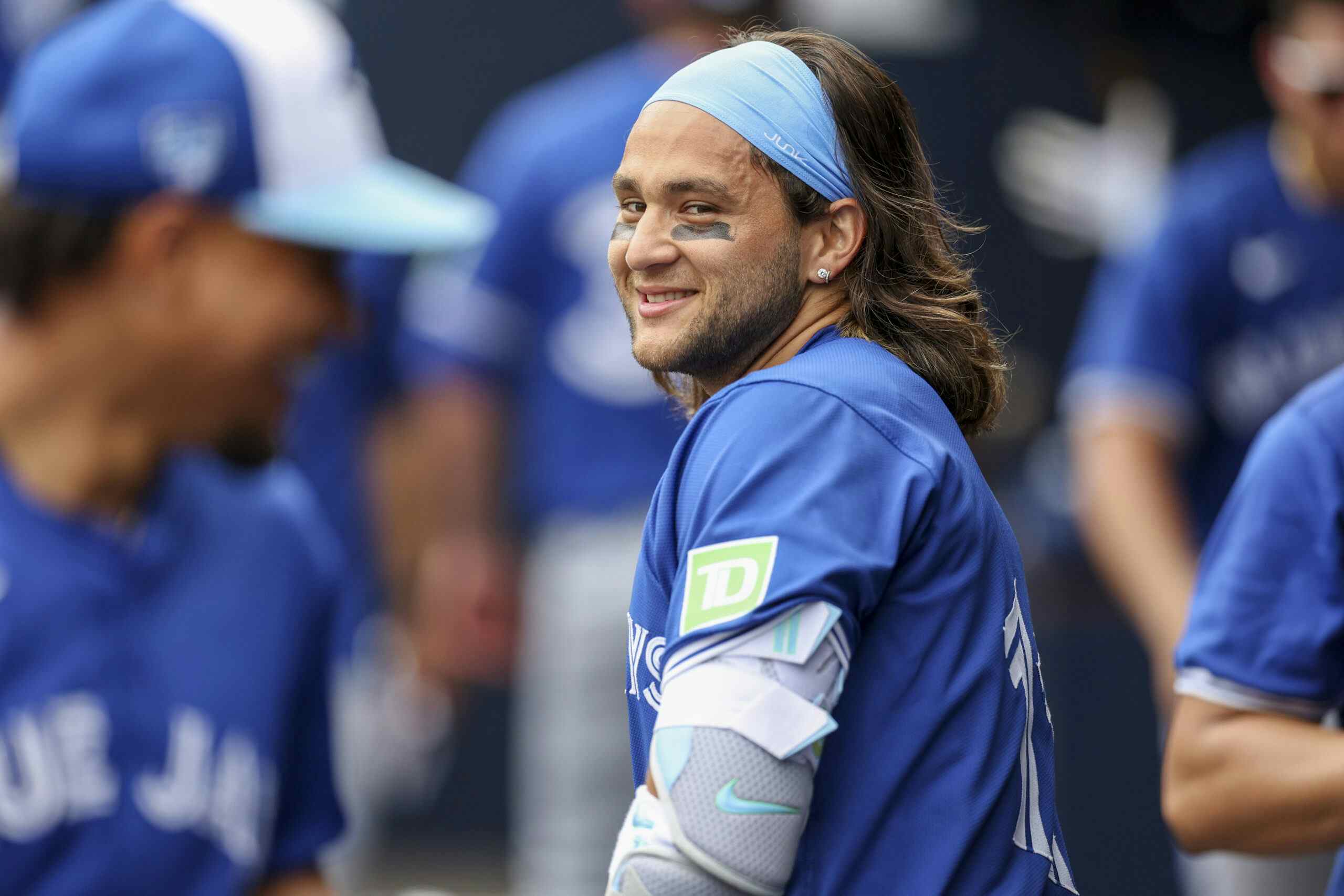What to expect from Shun Yamaguchi

This week the Blue Jays added another pitcher, signing Shun Yamaguchi to a two year deal worth just over $6M. Yamaguchi, 32, has spent the entirety of his 14 year career pitching in Japan in the NPB. This offseason the Blue Jays front office has stressed they want versatility and flexibility. Yamaguchi brings that, having both starting experience (he’s made 90 starts over his career) and bullpen experience (he has 112 career saves).
Yamaguchi was a starter this past season, and was one of the best in Japan. Per Baseball Reference he had a 2.78 ERA, in 181.0 innings. He struck out 194 batters while walking just 64. Most impressively he only allowed eight home runs.
Per this profile done on Yamaguchi by NPB reporter Jim Allen, Yamaguchi throws five pitches a fastball, splitter, slider, curve and a two-seam fastball. He primarily relies on the first three pitches, throwing the fastball 43.7% of the time, the splitter 26.6%, and the slider 20.2%. Here is a great look at all three pitches in action.
The takeaway here is that all three pitches move in different directions. That is crucial to keeping hitters off-balance at the plate. Yamaguchi doesn’t throw hard, averaging just around 90 mph with the fastball, making it difficult to find comps for him.
The obvious comparison is to Masahiro Tanaka. Tanaka relies heavily on his splitter and he only averaged 91.7 on his fastball this season, per Fangrpahs. Tanaka however still has the ability to run his fastball up to 95, having a max velocity last season of 95.4, something it doesn’t seem like Yamaguchi can do.
To find a more accurate comp for Yamaguchi and perhaps give us an idea of what to expect from him, I went through Baseball Savant and found every pitcher who threw at least 50 splitters this season. From there I filtered it down to the right-handed pitchers who both relied heavily on their splitter throwing it at least 20% of the time and had an average fastball velocity below 92 mph. That left us with six pitchers.
Between those six pitchers we had an equal mix with three relievers (Tyler Clippard, Blake Parker, and Yoshihisa Hirano) and three starters (Anibal Sanchez, Matt Shoemaker, and Tanaka). Looking at what these pitchers throw and how they get big league hitters out, gives us a road-map for what Yamaguchi needs to do.
For starters he will likely have to reduce his fastball usage down even further from the 43.7%. We have seen fastball usage down across baseball as pitchers are more and more relying on their breaking balls. This is even more prevalent in those pitchers with below average fastballs. Of these six pitchers only Parker and Hirano threw their fastball more than 40% of the time. As relievers they had smaller arsenals and had to rely a little more on their fastballs, however both threw their splitter a significant amount. Hirnao threw his splitter even more than his fastball, throwing it a whopping 51.7%.
As a group the results were a mixed bag. I created a custom leaderboard at Fangraphs to see how these pitchers performed last season. Now we have to keep in mind survivorship bias here. Most pitchers with a fastball this slow won’t be making the majors. If Yamaguchi is going to stay in the majors and have some success the biggest thing he is going to have to do is throw strikes and limit walks. All six pitchers had a walk rate under 10%. They all got ahead of batters getting a first pitch strike at least 59% of the time. He needs to keep batters off the bases as he is going to give up homers, regardless of his home run suppression in Japan, especially considering his new home park.
If he is going to start he will need to throw all five of his pitches to keep hitters off balance. He can’t afford to get predictable and have hitters sit back and wait for the fastball. The best course of action for him is to do what Sanchez does. Sanchez throws seven pitches, relying predominately on his fastball, splitter and a cutter while flashing a sinker, curve, change and slider. If Yamaguchi can mix all his pitches and throw them for strikes he should be able to have at least some success as a starter. If not he will need to cut out his lesser used pitches and go the way of Hiraldo and stick to his bread and butter, the fastball and splitter. That should allow him to stick in the Blue Jays bullpen.
Regardless of what role he may find himself in, this is a risk absolutely worth taking for the Blue Jays. The upside in Yamaguchi is high if he can translate his performance to the majors. And if not, the financial commitment is low making this deal essentially risk free. For the Blue Jays, not expecting to contend this season, these are the chances you take.
Recent articles from Paul Berthelot





